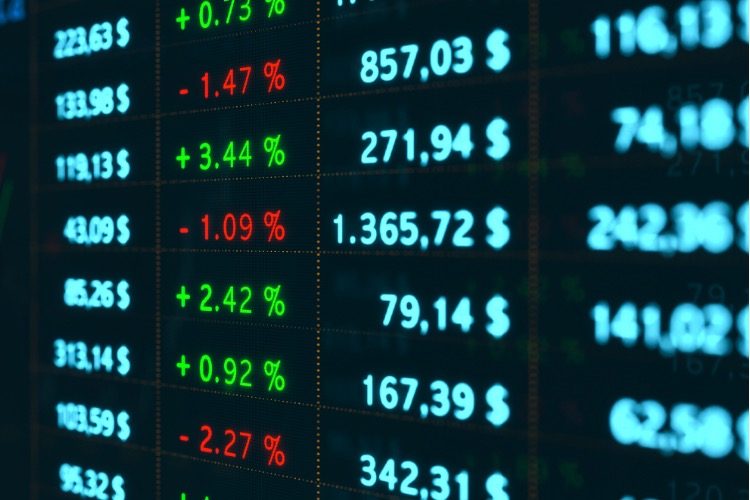
This year, the old Wall Street adage “sell in May and go away” might work better than usual. Since 1897, the average six-month return on stocks from Halloween (October 31) to May Day (May 1) is more than 10 percent. The other six months’ returns have been close to zero. Result? All the gains, half the risk by following this strategy.
The titanic clash of the dark forces behind the Deep State and the Trumpers who have awakened from their slumber brings a whole new dimension to the strategy. It might be well to employ this strategy this year of all years.
The original adage was coined centuries ago: “Sell in May, go away, and come back again on St. Leger’s Day.” St. Leger’s Day is the day of the running of the St. Leger Stakes horse race in Doncaster, England, open to three-year-old colts and fillies. Established in 1776, it began to draw the British upper class, including bankers, stockbrokers, and other financiers. Fresh from long summer vacations, when they were much less active in the markets, the event would initiate “back to business” and the results have been tracked and followed and commented upon ever since.
Investment advisors have made a handsome living advising clients about various trading strategies while others have promoted the “buy and hold” approach of taking all the risk but enjoying all the returns.
One of the most famous comes from Yale Hirsch, publisher of The Stock Trader’s Almanac since 1967:
Our Tactical Seasonal Switching Strategy is derived from the “Best Six Months” switching strategy found in our annual Stock Trader’s Almanac which is basically the flipside of the old “sell in May and Go Away” adage.
After decades of historical research, we discovered that most market gains occur during the months November through April. Investing in the Dow Jones Industrial Average between November 1st and April 30th each year and then switching into fixed income for the other six months has produced reliable returns with reduced risk since 1950….
Our “Best Months” Switching Strategy will not make you an instant millionaire as other strategies claim they can do. What it will do is steadily build wealth over time with half the risk (or less) of a “buy and hold” approach.
The folks at Quantified Strategies agree: “The phrase is spot on. It turns out ‘sell in May and go away’ makes sense.… The period from May until October is seasonally a very weak period for the S&P 500. May itself is not such a bad month, but the summer doldrums until the end of September have been weak for over 60 years.”
Their historical analysis and backtesting reveals that since 1960 the strategy has made investors an annual return of 7.2 percent during that period with only 57 percent of the market risk, while staying invested from May through September has returned almost nothing: 0.06 percent.
Last year, 2023, the strategy worked well. From May 1 to October 31, the S&P 500 index gained five percent, while from November 1 to April 24 this year it gained 20 percent. Since peaking at almost 5,300, the index has slid about three percent.
Many have posited reasons why: seasonal spending (some of the biggest shopping days happen from October to April, including Halloween, Christmas, New Years, Valentines Day, Black Friday, and Cyber Monday), and year-end bonuses and tax refunds, some of which find their way into the market through IRAs and retirement plans.
The market now looks a bit dicey. Investor sentiment, as measured by a technical indicator called “market breadth” — the number of stocks advancing in price versus those declining in price — has weakened noticeably over the last several weeks. Earnings season has just begun, and early results are coming in somewhat mixed. And the government’s spending continues to drive prices higher through inflation (currency devaluation), including the price of oil, which is driving gas prices to and through the $4 a gallon level.
This year, investors using the trading strategy have additional reasons to be cautious. The wars in the Middle East; the disruptions on college campuses; the approaching November elections; the woke strategy of DEI (Diversity, Equity, and Inclusion) being adopted by more and more American companies, which diverts their attention away from making profits and toward promoting the progressive agenda; and the likely “October surprise” all serve as yellow flags.
For active traders, it just might be best to move to the sidelines and wait until St. Leger’s Stakes horse race in Doncaster, England, before getting back in. November 6, the day after Election Day, might even be a better time.




